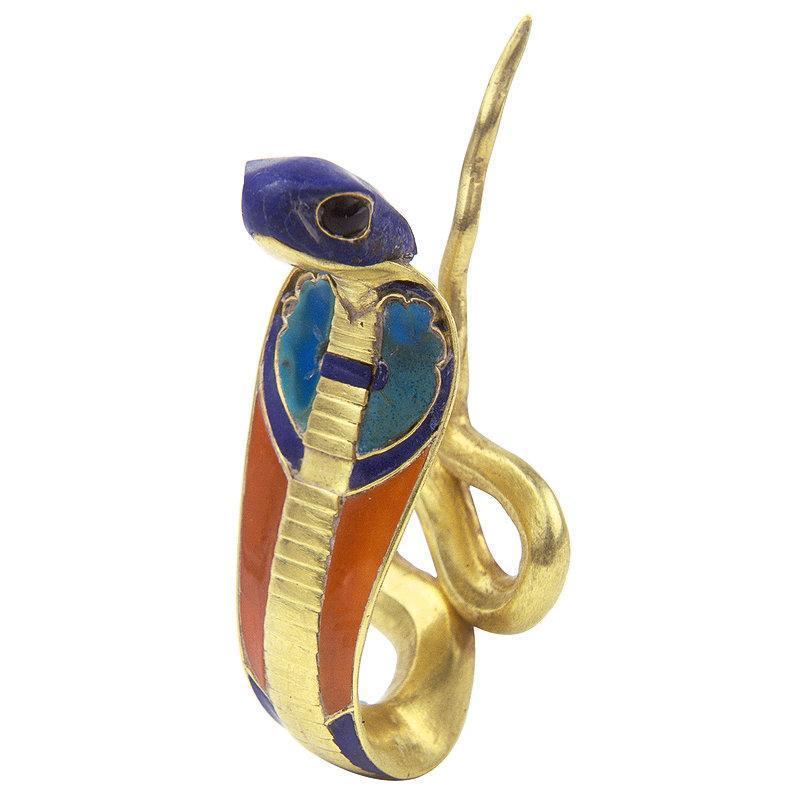
#012 Uraeus
Share
The uraeus is an emblem worn on the headdresses of pharaohs. What is this emblem, what does the word mean and who is it connected to? Apart from headdresses, what other examples of the uraeus have survived to this day.
The uraeus is an upright serpent commonly found on Egyptian headdresses. The most well-known example is on the mask of Tutankhamun’s mummy. The word is actually Greek and means “on its tail” from the Egyptian equivalent “iaret” meaning “rearing cobra”. It symbolises the goddess Wadjet, one of the earliest Egyptian deities, commonly depicted as a cobra. Originally Wadjet was the patroness and protector of the Goddesses of Lower Egypt and after unification, the whole of Egypt. The pharaohs wore the uraeus either with the body of the cobra on the head or as a crown encircling the head. It indicated Wadjet’s protection and that they were the legitimate rulers of Egypt. There is archaeological evidence of this crown being worn in the Old Kingdom dating back over five thousand years.
Egyptian hieroglyphs picture several goddesses associated with Wadjet as also wearing the uraeus. Since the uraeus is a royal symbol both Horus and Set are also depicted wearing this symbol on their crowns. In 1919 the Golden Uraeus if Senusret II was discovered. At the time, this crown ornament was the only jewellery discovered being worn by an entombed pharaoh. It is believed that they were normally passed on to the next pharaoh. The piece is solid gold, with granite eyes, an ultramarine lapis lazuli snake head with a cobra hood inlaid with gemstones of carnelian and turquoise. The jewellery could be attached to the rest of the crown piece with two loops in the rear supporting tail. Other examples of the uraeus are amulets and small statuettes, showing that, although the headpiece was reserved for the ruler, all of Egypt honoured this ancient patroness.
